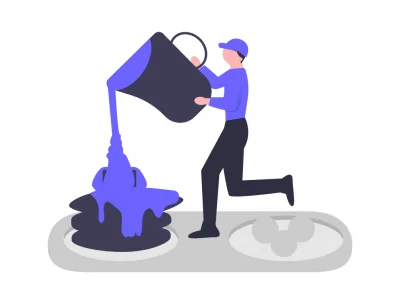
Biotechnology Questions and Answers
These Biotechnology questions test your knowledge of the use of biology to solve problems and make useful products.

These Biotechnology questions test your knowledge of the use of biology to solve problems and make useful products.
Cellular organelles are embedded in the
endoplasmic reticulum
cristae
cytosol
microtubules
Correct answer is C
No explanation has been provided for this answer.
Which of the following statements about mitochondrial proteins is true?
All mitochondrial proteins are coded for and synthesized in the mitochondria
Some mitochondrial proteins are coded for and synthesized in the mitochondria and others
All mitochondrial proteins are imported from the cytoplasm
Mitochondrial proteins arise from other mitochondrial proteins
Correct answer is B
No explanation has been provided for this answer.
The cellular organelle associated with secretion is the
golgi complex
mitochondrion
ribosome
lysosome
Correct answer is A
No explanation has been provided for this answer.
Both plant and animal cell possess
cell walls
mitochondria
central vacuoles
chloroplast
Correct answer is B
No explanation has been provided for this answer.
Which of the following experimental results does not support Mitchell's chemiosmosis theory?
Electron transport in isolated mitochondria was shown to result in acidification of the medium
Addition of dinitrophenol to isolated mitochondria was shown to inhibit electron transport, but had no effect on ATP synthesis
Addition of dinitrophenol to isolated mitochondria during electron transport was shown to inhibit acidification of the medium
An artificial proton gradient across the inner mitochondrial membrane drives ATP synthesis in the absence of electron transport
Correct answer is B
No explanation has been provided for this answer.